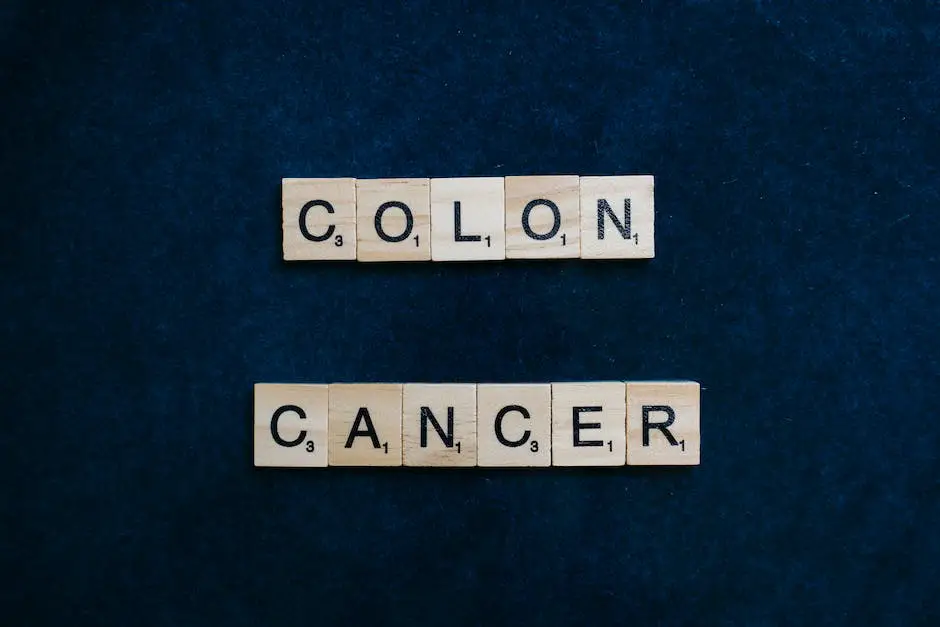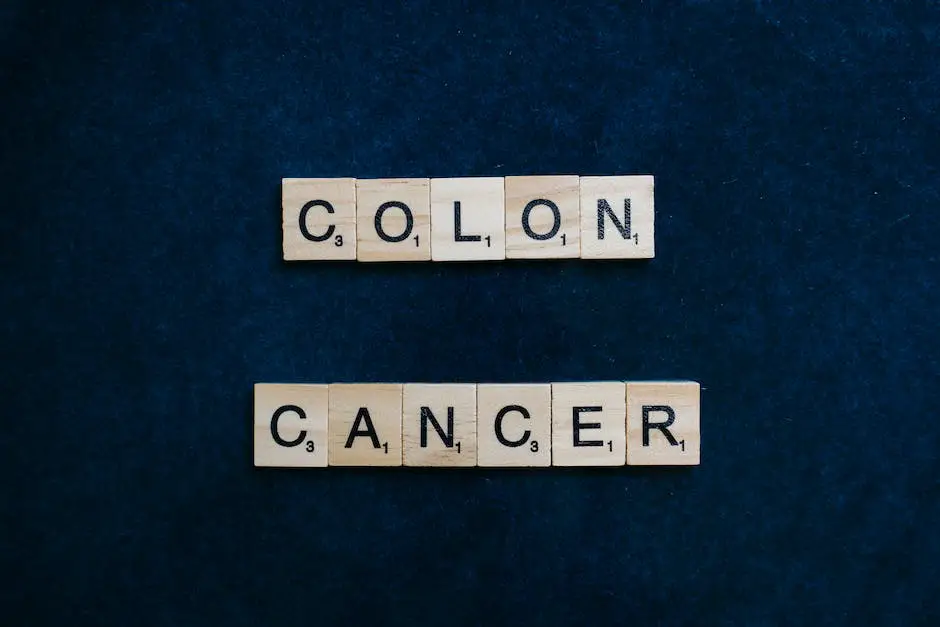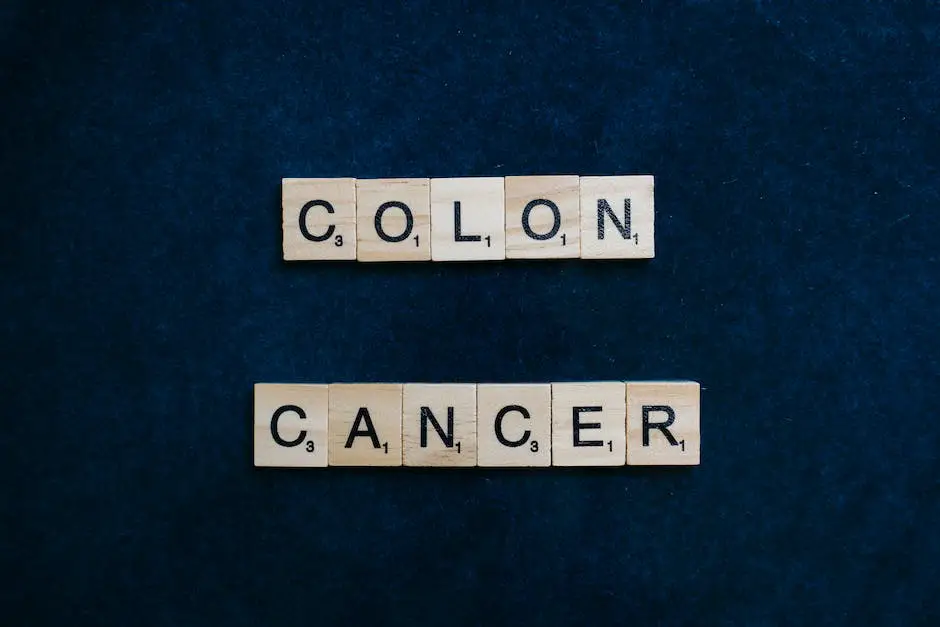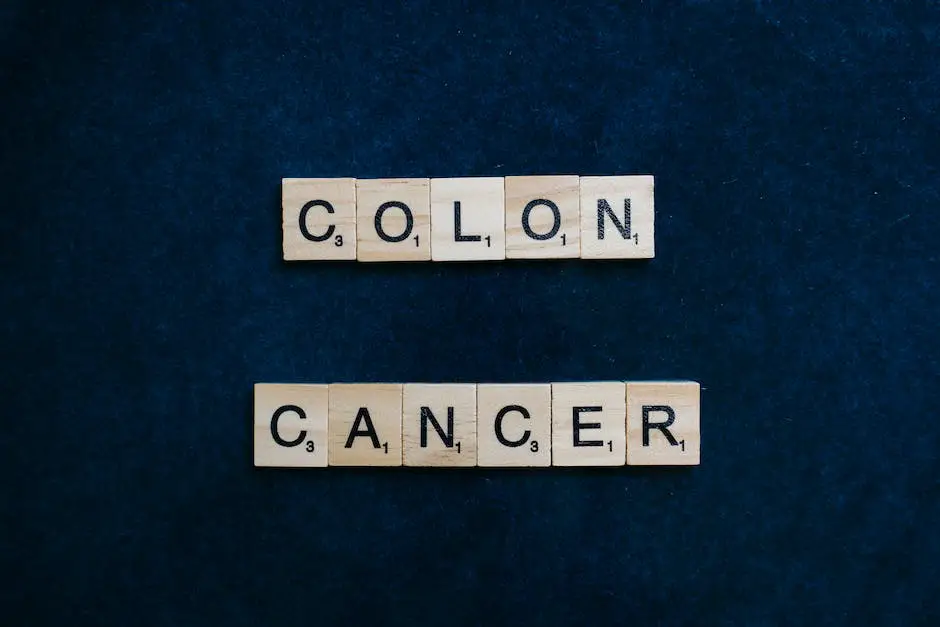Colon cancer, often linked with rectal bleeding, is a significant health concern affecting millions worldwide. Understanding the fundamentals of these conditions including their risk factors, symptoms, diagnostics, and treatment plans is crucial for proactive prevention and effective treatment. Developing a strong knowledge base regarding these subjects is not just beneficial for those directly impacted by the disease, but it’s also insightful for the general public. This discourse will seek to break down complex medical jargon and procedures into an easily digestible format, focusing primarily on providing a detailed understanding about the nature and implications of rectal bleeding and colon cancer, who it affects, and what makes one susceptible to it.
What is Rectal Bleeding and Colon Cancer?
Understanding Rectal Bleeding and Colon Cancer
Rectal bleeding is a symptom characterized by the appearance of bright red blood from the rectum. This blood is often seen in the stool, on toilet paper, or in the toilet bowl. This condition can result from many common conditions, including hemorrhoids, anal fissures, and colorectal polyps. While rectal bleeding is common, it shouldn’t be ignored as it can indicate serious diseases, including colon cancer.
The Connection Between Rectal Bleeding and Colon Cancer
Rectal bleeding is a common early symptom of colon cancer but does not necessarily mean that an individual has this condition. Certain types of polyps, which are small clumps of cells that form on the lining of the colon, can cause rectal bleeding. Over time, these polyps may become cancerous. Therefore, rectal bleeding can be a sign of colon cancer and should always be evaluated by a healthcare professional.
Patients with a family history of colon cancer or certain genetic syndromes are at a higher risk. Regular colorectal cancer screenings, which often begin at age 45, can help detect polyps and cancer early, when treatment is most effective.
Epidemiology and Demographics
In terms of prevalence and demographics, colon cancer affects men and women of all racial and ethnic groups. However, it is more prevalent in individuals aged over 50 years old, and the risk increases with age. African Americans are diagnosed with colon cancer at higher rates than any other ethnic group in the U.S. Moreover, the disease is often more advanced when diagnosed in African Americans.
Research indicates that colon cancer rates are rising among younger adults. Though the reason is unclear, the change underscores the importance of recognizing symptoms like rectal bleeding, despite the individual’s age. Lifestyle factors, such as obesity, lack of physical activity, smoking, heavy alcohol use, diet high in red or processed meats, and low in fruits and vegetables, can increase the chances of developing colon cancer. Therefore, changes in lifestyle can help reduce the risk.
Understanding Rectal Bleeding and Colon Cancer
Both rectal bleeding and colon cancer form significant health conditions, demanding immediate attention. A concentrated approach of systematic screenings and maintaining a healthy lifestyle can deter these diseases. It’s crucial to note that any occurrences of rectal bleeding should not be taken lightly and must be reported to a medical expert promptly.

Symptoms and Diagnosis of Rectal Bleeding and Colon Cancer
Recognizing Symptoms of Rectal Bleeding and Colon Cancer
The occurrence of rectal bleeding and colon cancer can prompt a range of serious health complications, each indicating unique signs and symptoms. It is common to observe symptoms of rectal bleeding like bright or dark red blood in your stool, discomfort during bowel movements, anal itch, or abdominal pain.
In contrast, colon cancer might not manifest symptoms initially, but as it advances, noticeable signs may emerge. Certain indicators encompass frequent changes in bowel habits, like diarrhea or constipation, or inconsistencies in the texture of the stool. Further, a person might experience enduring abdominal discomforts, including cramps, gas, or pain, and a sense of incomplete bowel emptying. Alongside these, inexplicable weight loss or persistent weakness and fatigue could point towards colon cancer.
However, bear in mind, these symptoms could also point to other conditions such as hemorrhoids, anal fissure, or gastroenteritis. Thus, if any of these symptoms persist, it’s a clear call to seek medical guidance.
Diagnosis of Rectal Bleeding and Colon Cancer
To diagnose rectal bleeding and colon cancer, healthcare professionals employ multiple procedures, both non-invasive and invasive. For rectal bleeding, a physical examination is often the first step for determining the cause. This may be complemented by #laboratory tests#, such as stool tests to identify presence of blood.
For colon cancer, a common diagnostic tool is #colonoscopy#, during which a specialist inserts a flexible, lighted tube into the rectum to inspect the internal structure of the colon and rectum. If abnormal areas are detected, the specialist can collect tissue samples for further testing, known as a biopsy.
Other tools used to diagnose colon cancer include stool tests (for blood and DNA), CT scans for a detailed picture of the colon, sigmoidoscopy (examining the lower part of the colon), or a barium enema (an X-ray exam of the rectum and colon).
Understanding the Stages of Colon Cancer
Upon receiving a colon cancer diagnosis, the next step is to categorize the illness into one of several stages, which helps identify the best treatment pathway. Stage 0 is the initial stage of colon cancer, where the malignant cells are present only in the inner lining of the colon. The most advanced stage is #Stage 4, also called metastatic cancer#. At this juncture, the cancer has spread from the colon to other areas of the body.
The intermediate stages of 1, 2, and 3 denote increasingly severe conditions. At stage 1, the cancerous cells have begun penetrating the wall of the colon but have not ventured outside it. Stage 2 is characterized by the cancer expanding into or even through the colon wall. In stage 3, the cancer has spread to the lymph nodes localized near the colon, but it hasn’t metastasized to other parts of the body yet.
Remember, the stages of colon cancer do not definitively predict a patient’s survival chances or recovery rate. However, they do offer a helpful insight into the caliber of the disease and guide the formulation of appropriate treatments.

Risk Factors and Prevention of Rectal Bleeding and Colon Cancer
Identifying Risk Factors Linked to Rectal Bleeding and Colon Cancer
Colon cancer is a grave medical condition, with several recognizable risk factors attributed to it. Age is a critical determinant of colon cancer risk. According to the American Cancer Society, nearly 90% of diagnosed colon cancer cases occur in people aged 50 and above. Nonetheless, colon cancer cases in younger individuals are also on the rise and must not be overlooked.
Family history and genetic predisposition also significantly influence susceptibility to colon cancer. If your immediate family – a parent, sibling, or offspring – has had colon cancer, your risk nearly doubles compared to those with no familial instances of the disease. Remarkably, genetics contribute to approx 20-30% of all colon cancers. Individuals with certain genetic disorders, such as Familial Adenomatous Polyposis or hereditary nonpolyposis colorectal cancer (known as Lynch syndrome), face an elevated risk of developing the disease.
Past health records also matter. Those diagnosed with bowel diseases, such as Crohn’s disease or ulcerative colitis, are at a higher risk of colon cancer. Similarly, individuals previously diagnosed with colon cancer or polyps also confront an escalated risk.
Lifestyle Factors in Rectal Bleeding and Colon Cancer
Certain lifestyle choices also increase the risk of colon cancer. These include low physical activity, a diet low in fruit and vegetables but high in fat and red or processed meats, alcohol consumption, long-term smoking, and obesity.
Proactive Measures for Rectal Bleeding and Colon Cancer Prevention
Adopting several preventative steps can help lower your risk of rectal bleeding and colon cancer. The foremost among these is regular screening, an efficient method especially beneficial for individuals over 50 or with a familial history of colon cancer. Procedures such as colonoscopies can identify precancerous growths known as polyps, which can then be extracted prior to their metamorphosis into malignant tumors.
Creating healthier lifestyle habits can also mitigate your risk. This involves routine exercise, staying within a healthy weight range, reducing the intake of red and processed meats, increasing consumption of fruits and vegetables, avoiding tobacco, and moderating alcohol intake.
Other preventative methods comprise the usage of certain medications or supplements. Drugs classified as nonsteroidal anti-inflammatory drugs (NSAIDs), for example, aspirin, have been identified to curtail the risk of colon cancer and polyps. Nevertheless, using these medications regularly may cause other health complications, notably gastrointestinal bleeding and ulcers, thus making it vital to explore the alternatives with a healthcare professional.
Some research implies people regularly consuming a multivitamin containing folic acid, calcium and vitamin D potentially have a lesser risk of developing colon cancer. However, the associated benefits and risks are not wholly defined, meaning it is crucial to consult your doctor before commencing any supplement regimen.
Even though complete prevention of colon cancer is unattainable, understanding its risk factors and installing preventative measures can contribute significantly to safeguarding your health. Comprehending the link between rectal bleeding and colon cancer is equally essential since rectal bleeding can be an initial indication of colon cancer or other severe digestive disorders, including Crohn’s disease and ulcerative colitis. Pay heed to any blood in your stool or recurring rectal bleeding and seek medical evaluation immediately.

Treatments and Prognosis for Colon Cancer
Treatment Methods for Colon Cancer
The treatment for colon cancer typically encompasses a combination of surgery, chemotherapy, and radiation therapy. The recommended treatment hinges on factors such as the stage, location of the cancer, and the patient’s overall health.
Surgery often comprises the initial stage in colon cancer treatment and may involve an operation to remove the malignant growth and surrounding tissues, an operation known as a colectomy. For advanced stages, a partial or total colectomy could be imperative, potentially resulting in the patient needing a colostomy bag to aid in waste elimination.
Chemotherapy is a treatment method using drugs to eradicate cancer cells. This process is usually implemented post-surgery to destroy any residual cancer cells that could not be removed during the operation. Chemotherapy can be administered either orally or via an intravenous line and is frequently executed in cycles that last a few weeks.
Radiation therapy, which employs high-energy rays such as X-rays to exterminate cancer cells, is another common treatment. Generally combined with surgery or chemotherapy, radiation therapy is leveraged particularly in the later stages of colon cancer.
Side Effects of Treatment
Each of the above-mentioned treatments can result in side effects. Post-surgery patients may experience pain, fatigue, changes in bowel movements, or require lifestyle adaptations if a colostomy bag is necessary. Chemotherapy can cause nausea, vomiting, hair loss, fatigue, and increased susceptibility to infection due to its effect on white blood cells. Radiation therapy may also cause fatigue, along with skin changes similar to a sunburn, diarrhea, and rectal bleeding.
It’s important to note that rectal bleeding may also be a symptom of colon cancer itself, not just a side effect of its treatment.
Prognosis for Colon Cancer
A patient’s prognosis for colon cancer hinges on several factors including the stage at which the cancer was detected, the patient’s overall health, and the success of treatment. Generally, the earlier cancer is diagnosed and treated, the better the prognosis.
The American Cancer Society provides survival rate estimates, usually in terms of five-year survival rates. For local colon cancer (no spread outside the colon or rectum), the five-year survival rate is around 90%. If the cancer has spread to surrounding tissues or nearby lymph nodes, the rate is approximately 71%. For distant spread (such as to the liver or lung), the rate goes down to about 14%.
Complications and recurrences can occur, significantly impacting the quality of life and overall prognosis. In some cases, colon cancer can spread to other parts of the body (metastasis), making treatment more challenging.
However, advancements in treatments and early detection methods continually improve the outlook for those diagnosed with colon cancer.

Despite its often ominous reputation, colon cancer is a highly treatable and often preventable disease if it’s detected early. The key to successful early detection lies in understanding and recognizing the causes, symptoms, and risk factors. Be it through simple alterations in lifestyle and diet, or more intensive measures such as screening and genetic testing, everyone possesses the power to influence aspects of their health related to colon cancer. Knowledge of potential treatments and outlooks of recovery and survival can help an individual to face the prospects of this condition with a more informed, confident stance. Cultivating such knowledge can engender a sense of empowerment and vigilance that extends well beyond the specific issue of colon cancer, and serves as a vital tool in maintaining one’s overall well-being.
